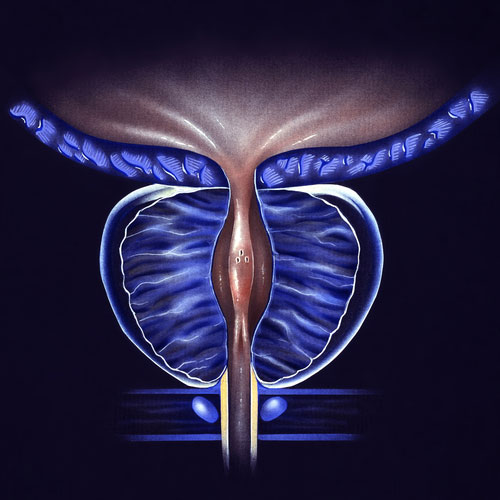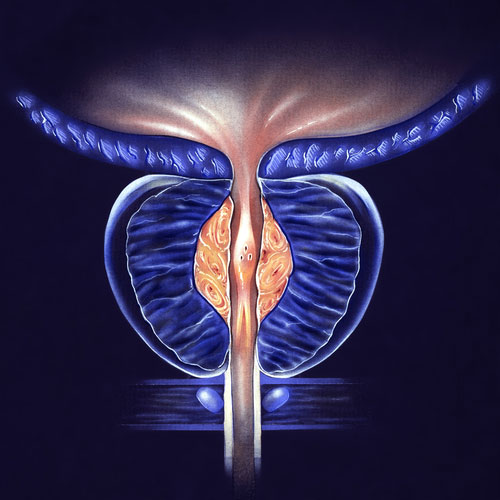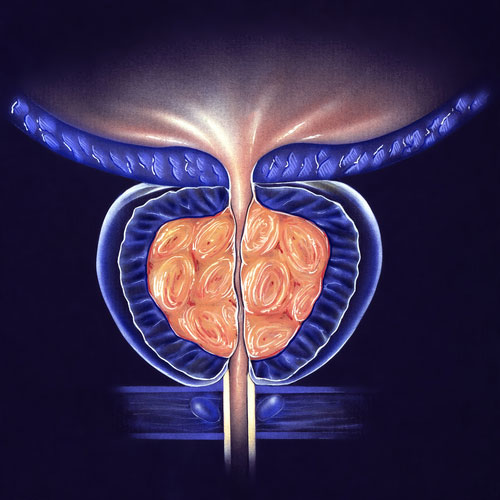
Many men experience an enlarged prostate, medically known as Benign Prostatic Hyperplasia (BPH), as they age. This can lead to a variety of bothersome urinary symptoms that disrupt your daily routine and quality of life.
At Urology Specialists of Ohio, we understand the frustration and embarrassment associated with BPH. That's why we offer advanced diagnostic tools and a comprehensive range of treatment options, tailored to your unique needs.
As men age, the prostate gland can enlarge, causing a blockage in the urethra, the tube that carries urine from the bladder. This blockage leads to a variety of bothersome urinary symptoms, including:
These symptoms can significantly impact a man's quality of life and overall well-being.



While medications are a common first-line approach, they may not always provide the desired relief or come with side effects you'd prefer to avoid. Here at Urology Specialists of Ohio, we proudly offer innovative, minimally invasive procedures that address the root cause of BPH without the drawbacks of traditional surgery.
The UroLift® System represents a groundbreaking approach to BPH treatment. This minimally invasive procedure utilizes tiny implants strategically placed to lift and open the prostate passage, alleviating pressure on the urethra and restoring normal urinary flow.
Key Benefits:
Aquablation is a state-of-the-art minimally invasive surgical procedure that utilizes a high-velocity waterjet to precisely remove excess prostate tissue. This innovative approach offers several advantages:
In some cases, minimally invasive procedures may not be suitable for severe BPH. Our experienced urologists can discuss traditional surgical options with you, such as:
We recognize that BPH is a personal concern, and every patient deserves individualized care. Our urologists will work closely with you to understand your specific symptoms, medical history, and treatment goals. Through a comprehensive evaluation, we'll determine the most effective approach to restore your urinary function and confidence.
Don't let BPH symptoms hold you back. Contact Urology Specialists of Ohio today to schedule a consultation and explore your minimally invasive treatment options. Our team is dedicated to helping you regain control and achieve a renewed sense of well-being.
Urology Specialists of Ohio has been an integral part of the community for more than 20 years, and currently serves Springfield, Beavercreek, Xenia, Dayton, and Urbana striving to improve patient care, with excellence in all areas of Urology.

Phone:
(937) 247-6616Fax:
(937) 342-9262Email: